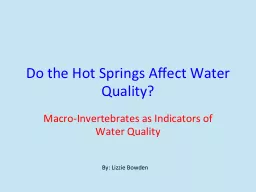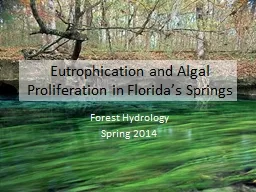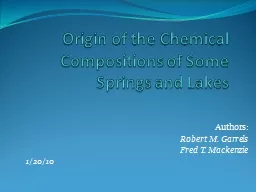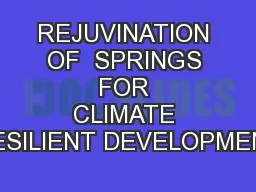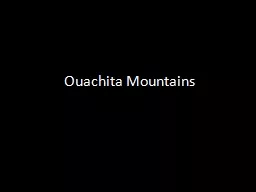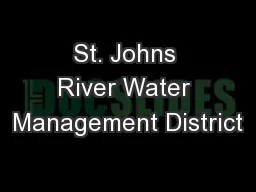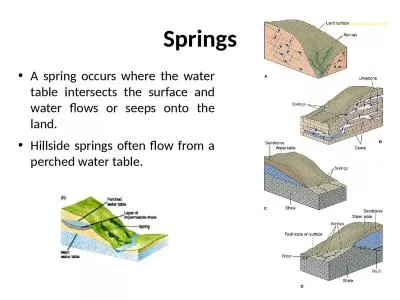PPT-Do the Hot Springs Affect Water Quality?
Author : lindy-dunigan | Published Date : 2017-09-03
MacroInvertebrates as Indicators of Water Quality By Lizzie Bowden Background Macroinvertebrates originally used as indicators of water quality More accurate than
Presentation Embed Code
Download Presentation
Download Presentation The PPT/PDF document "Do the Hot Springs Affect Water Quality?" is the property of its rightful owner. Permission is granted to download and print the materials on this website for personal, non-commercial use only, and to display it on your personal computer provided you do not modify the materials and that you retain all copyright notices contained in the materials. By downloading content from our website, you accept the terms of this agreement.
Do the Hot Springs Affect Water Quality?: Transcript
Download Rules Of Document
"Do the Hot Springs Affect Water Quality?"The content belongs to its owner. You may download and print it for personal use, without modification, and keep all copyright notices. By downloading, you agree to these terms.
Related Documents

